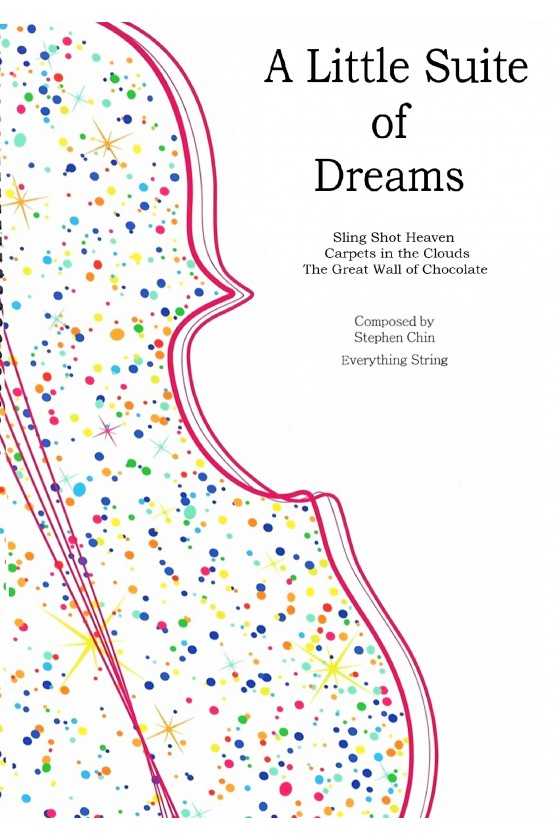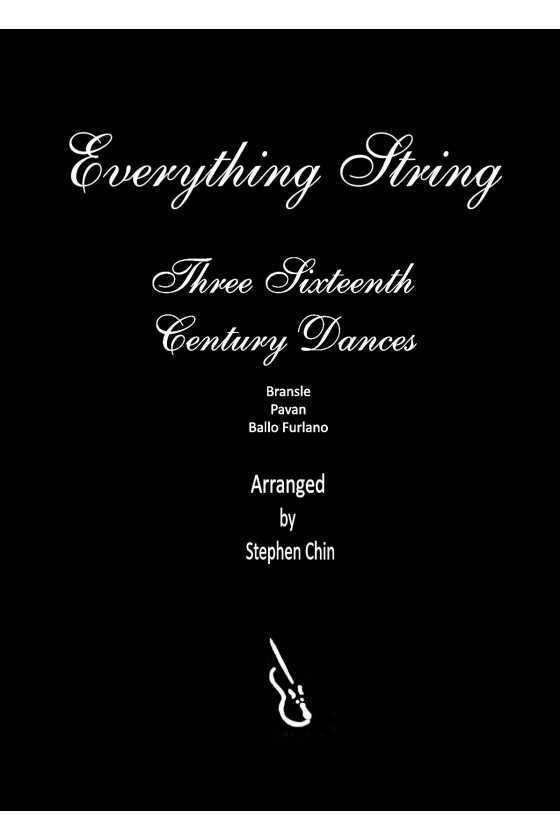Twelve Curtain Raisers by Stephen Chin
This delightful assortment of twelve brief compositions is tailored specifically for novice orchestras and is an excellent tool for introducing young musicians to a variety of important string techniques. Through these pieces, students learn how to perform bowed tremolo, sustained bows, accented strokes, and simple double stopping while also having the opportunity to experiment with hissing, slapping of instruments, foot stomping, and improvisation. The result is an incredibly engaging and fun-filled experience for young players, who will undoubtedly feel inspired to perform their favourite pieces again and again.
1. Pickin' 'n' Peckin'
2. Desert Nights
3. War Zone
4. Bagpipes
5. Attack of the Flying Insects
6. Raindrops
7. A Pirate's Shanty
8. Valse Enchante
9. Silk
10. Hootenanny Hoedown
11. Russian Easter Hymn
12. Surf's Up!
For String Orchestra Grade 1











